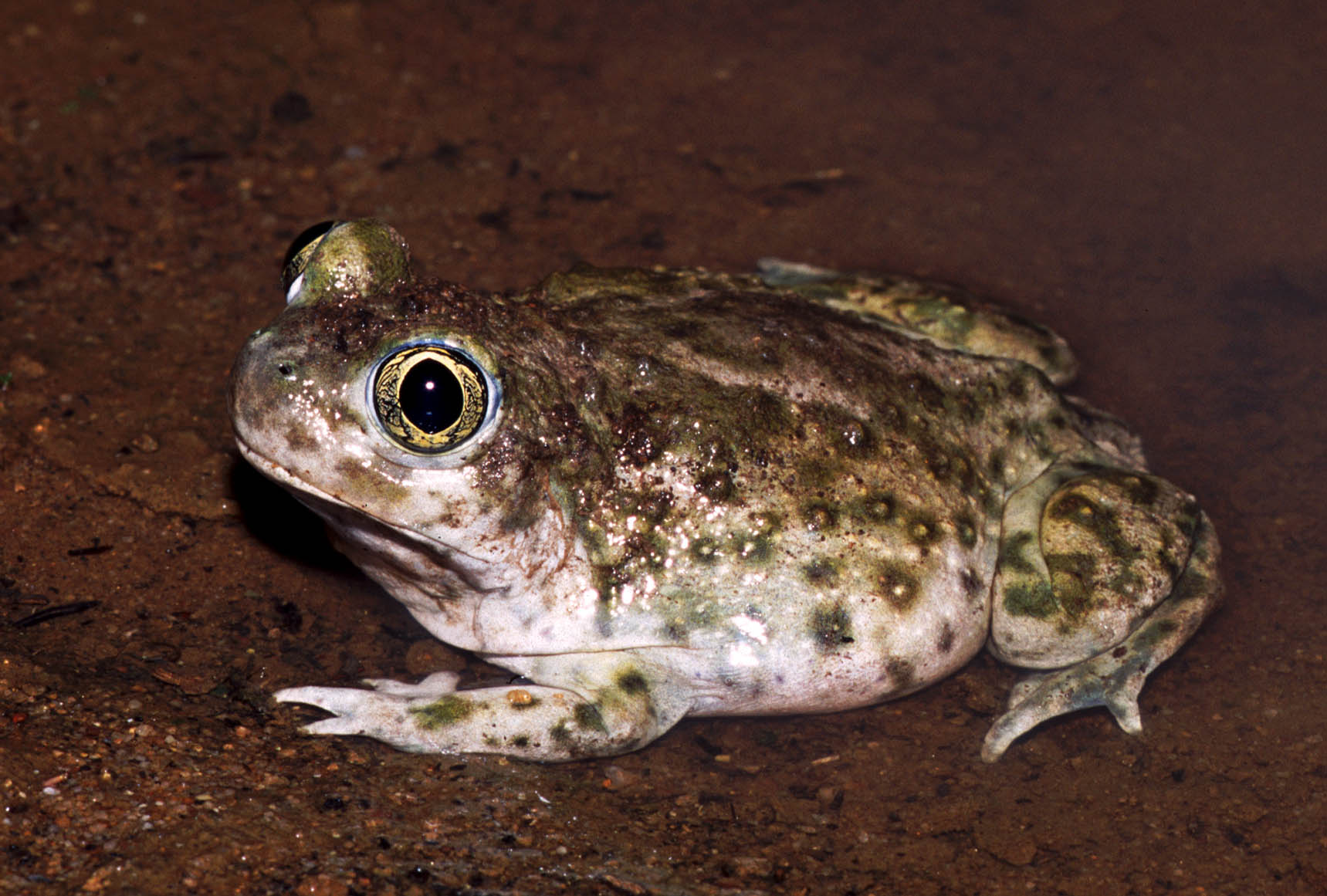Conservation Implications of Spatiotemporal Variation in the Terrestrial Ecology of Western Spadefoots
Abstract/Summary
Conservation of species reliant on ephemeral resources can be especially challenging in the face of a changing climate. Western spadefoots (Spea hammondii) are small burrowing anurans that breed in ephemeral pools, but adults spend the majority of their lives underground in adjacent terrestrial habitat. Western spadefoots are of conservation concern throughout their range because of habitat loss, but little is known about the activity patterns and ecology of their terrestrial life stage. We conducted a radio-telemetry study of adult western spadefoots at 2 sites in southern California, USA, from December 2018 to November 2019 to characterize their survival, behavior, and movements from breeding through aestivation to refine conservation and management for the species. Western spadefoot survival varied seasonally, with risk of mortality higher in the active season than during aestivation. The probability of movement between successive observations was higher during the winter and spring and when atmospheric moisture was high and soil water content at 10-cm depth was low. The amount of rain between observations had the strongest effect on the probability of movement between observations; for every 20?mm of rainfall between observations, western spadefoots were 2.4 times more likely to move. When movements occurred, movement rates were highest when both relative humidity and soil water content at 10-cm depth were high. The conditions under which western spadefoots were likely active on the surface, likely to have moved, and moved at the highest rates are conditions that reduce the risk of desiccation of surface-active spadefoots. Western spadefoot home range areas varied between study sites and were mostly <1?ha, although 1 individual's home range area was >6?ha. Western spadefoots rapidly dispersed from the breeding pools, and asymptotic distances from the breeding pool were generally reached by June. The asymptotic distance from the breeding pool varied between sites, with the 95th percentile of the posterior predictive distribution reaching 486?m at 1 site and 187?m at the other. Western spadefoots did not select most habitat components disproportionately to their availability, but at Crystal Cove State Park, they avoided most evaluated vegetation types (graminoids, forbs, and shrubs). Spatial variation was evident in most evaluated western spadefoot behaviors; context-dependent behavior suggests that site-specific management is likely necessary for western spadefoots. Furthermore, comparison with an earlier study of western spadefoots at Crystal Cove State Park indicated substantial temporal variation in western spadefoot behavior. Therefore, basing management decisions on short-term studies might fail to meet conservation objectives. Better understanding the influences of spatial context and climatic variation on western spadefoot behavior will improve conservation efforts for this species.
Publication details
| Published Date: | 2021-07-19 |
| Outlet/Publisher: | Journal of Wildlife Management 85(7):1377-1393. |
| Media Format: |
ARMI Organizational Units:
Southwest, Southern California - BiologyTopics:
ManagementSpecies and their Ecology
Place Names:
CaliforniaKeywords:
connectivitydispersal
habitat use
pond-breeding amphibians
radio telemetry

